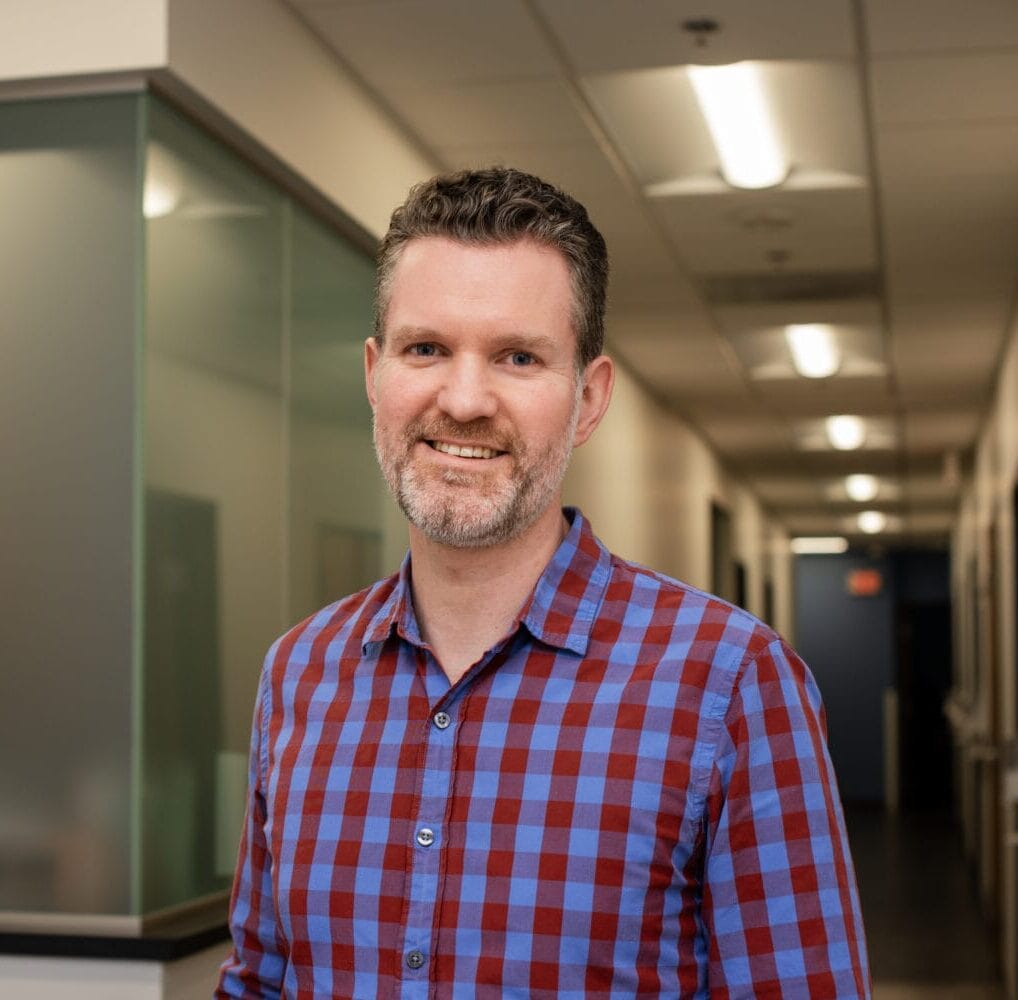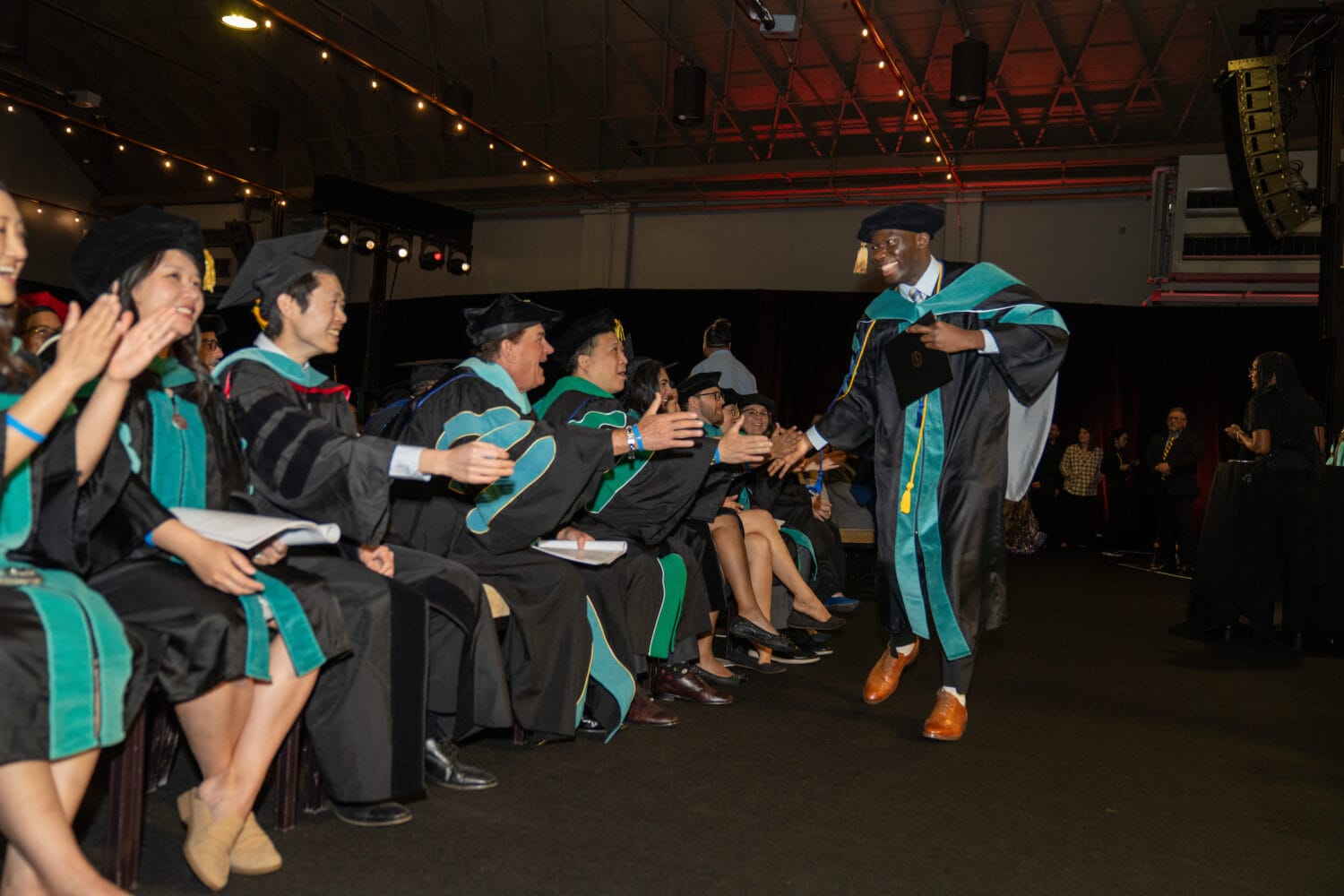ECC helps bring implantable telescope to SoCal
Vision rehabilitation optometrists from the Eye Care Center (ECC) at Western University of Health Sciences are part of a new collaborative team helping patients with end-stage age-related macular degeneration (AMD), which is the leading cause of blindness or vision loss in older Americans.
The ECC is in the early stages of being a regional CentraSight visual rehabilitation provider approved for evaluating patients for the FDA-approved Implantable Miniature Telescope (IMT). A local corneal specialist performs the telescope implant procedure on an outpatient basis. Post-implantation, the patient will learn how to use their new vision in everyday activities by working with vision rehabilitation specialists at the ECC.
ECC optometrists will work with local corneal specialists, including those from Loma Linda University Medical Center, retinal specialists, and occupational therapists from Casa Colina Centers for Rehabilitation to help qualified patients with the IMT, including pre-procedure and post-surgical training.
“”The telescope will magnify the image outside the area that’s damaged by AMD,”” said Linda Pang, OD, chief of Vision Rehabilitation Service at the ECC. “”By using the healthy parts of the retina, people implanted with the telescope can enjoy the activities they used to do. One eye is implanted with the telescope for tasks such as seeing people’s faces, seeing their food, self-care, and watching TV. The other eye is used for mobility allowing them to get feedback about their environment so that they can move around safely.””
AMD gradually destroys the macula, the part of the eye that provides sharp, central vision needed for seeing objects clearly. It affects daily activities like cooking, cleaning, reading, grooming and seeing people’s faces, Pang said.
Macular degeneration affects more than 15 million Americans. More than 2 million Americans age 50 and older have late-stage AMD. AMD diagnoses have increased 25 percent since 2000, and the number of people affected by AMD is expected to increase even more as the population ages, according to Prevent Blindness America and the National Eye Institute.
“”The IMT is making big headlines because so many people are affected by AMD,”” Pang said. “”For end-stage AMD, this is potentially the only viable treatment option for patients. We are excited to offer new hope for patients with AMD.””
Dr. Pang said that having the new treatment option available in Southern California is important, but cautioned that not all patients who have AMD are eligible for it. There are specific criteria for the implantable telescope and many factors to consider when deciding whether a patient is a good candidate for it.
“”Being a rehabilitation center for this new technology, and having a treatment option for end-stage AMD, will be great for the Eye Care Center for many reasons,”” Pang said. “”This also will allow our students to learn how to manage patients with end-stage AMD. By getting them involved, they will better understand what’s available for their patients, which teaches them what services and resources they need and helps them understand the interprofessional team approach needed to manage these patients.””
Approximately 50 provider team locations are available across the country; three, including the ECC, are in Southern California, said Rebecca Kammer, OD, FAAO, assistant director of optometric education.
“”Education is what we do, so being able to teach the community about this advanced technology is pretty exciting,”” Kammer said. “”Plus, this places the team concept at high importance. I love it, because it helps us educate the nation about the importance of optometry in vision rehabilitation.””



